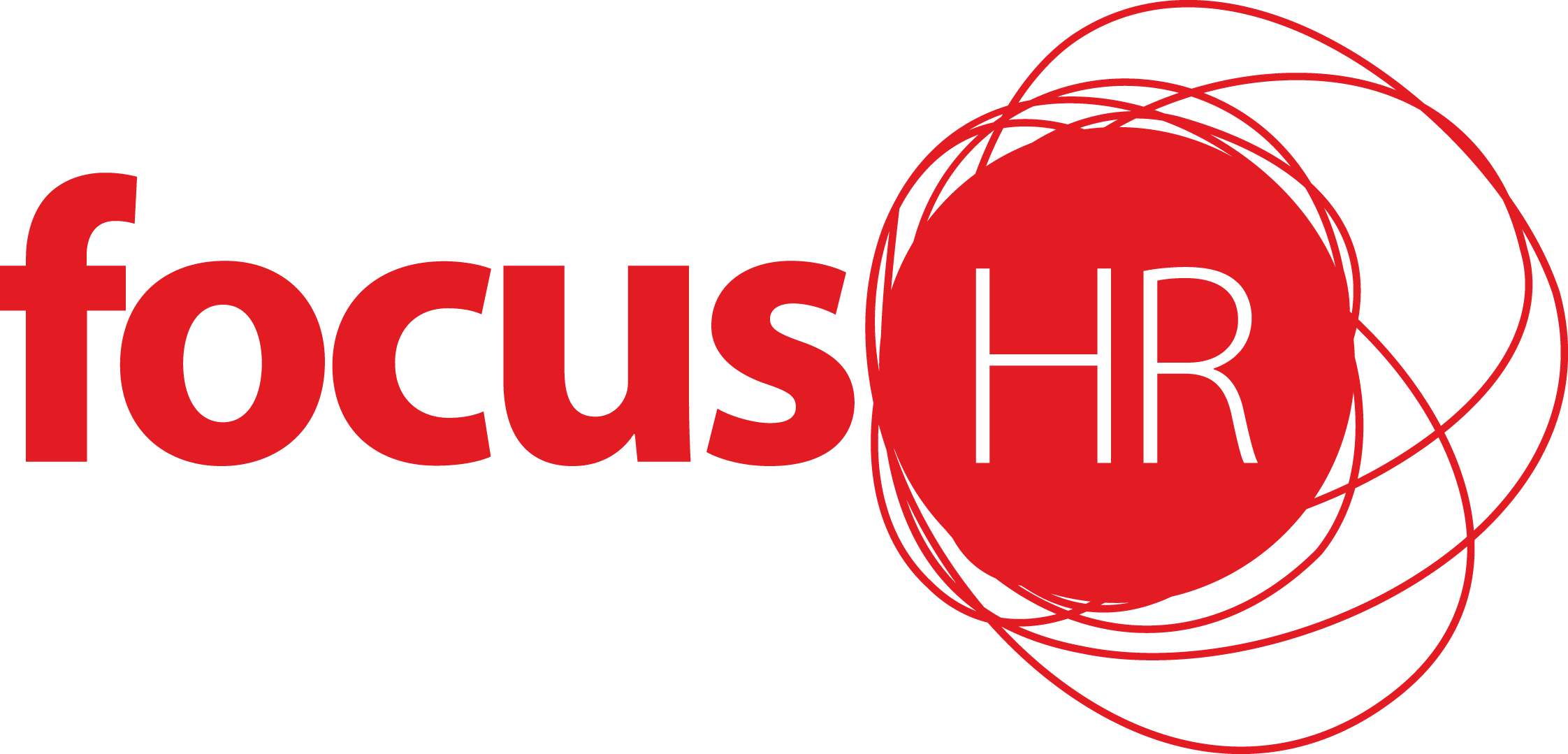Most employers have faced the situation at some time of an employee who takes excessive personal (sick) leave. It might be someone who has the uncanny timing of taking a day of personal leave every 4 weeks (which happens to be about the time it takes to accrue a day of paid leave); or someone who is consistently sick on a Monday or Friday; or even that person whose annual leave request was rejected and then they happen to ring in sick that day. It can also be that person who is genuinely unwell or has a run of bad luck/germs going around the family and there is no question about it being a genuine need, but it is impacting heavily on running the business.
Regardless of the circumstance, employers need to understand what reasonable steps they can take to manage personal leave when it starts to go beyond what you think is manageable.
Here are some options/steps to consider:
- Check payroll records to get an accurate picture of leave taken. Look at whether the leave is indeed excessive; whether there is a pattern to the days taken; and how many days have been taken in the last 12 months. This step makes sure you are using factual information for the next step.
- Have a conversation with the person. This step is really important. Before jumping into more formal measures, having a conversation is a powerful way to show that a) you care and b) you are noticing. This conversation should be focused on:
- checking in with the employee if they are okay and if there is anything else you should be aware of. Keep in mind that excessive personal leave can sometimes be a symptom of deeper issues – being harassed at work, feeling disengaged, having home issues, domestic violence etc. Opening the door to a conversation with your employee means you can support them if needed.
- Giving them insight into their pattern of leave – bringing their attention to how much leave they are taking and asking them to talk to you about any red flags (e.g. if it is regularly every 4 weeks or always a Monday or Friday). Simply showing that you have noticed this and expressing concern at the frequency/pattern can help to reduce employees using personal leave inappropriately.
- Explaining why reliability is important – talking about the impact on operations, on the team etc. Of course, if the person has been genuinely ill, this wouldn’t be part of the conversation.
- Put expectations in place around the appropriate use of leave. Where the situation calls for closer management of the situation you might consider:
- Reiterating guidelines around how to make contact to notify when sick. We recommend it is a phone call to the manager as soon as practicable before their shift (not a text message or a voice message left with reception).
- Set expectations around providing reasonable medical evidence – for employees entitled to paid leave, you are able to ask for reasonable medical evidence on each occasion if you need to (check your agreements, policies, contracts etc first to make sure they don’t stipulate other rules). Asking for a Doctor’s certificate doesn’t necessarily stop people taking ‘sickies’, but it makes it more inconvenient and can reduce the tendency.
- Once permanent employees have run out of accrued paid personal leave, process time off as Leave Without Pay (LWOP). We recommend against allowing an employee to access their annual leave for this purpose.
The other preventative measure is encouraging employees to understand the true purpose of personal leave. It is an entitlement, but an entitlement to use when it is genuinely needed. We encourage employees to use their personal leave ‘smartly’ which means use it if you genuinely need it and save it up when you don’t – because there is every chance that you will have an occasion (broken leg, Covid, ill child etc) where you truly need it. When that happens you want paid leave up your sleeve so that you don’t have to worry about where the next dollar is coming from.

